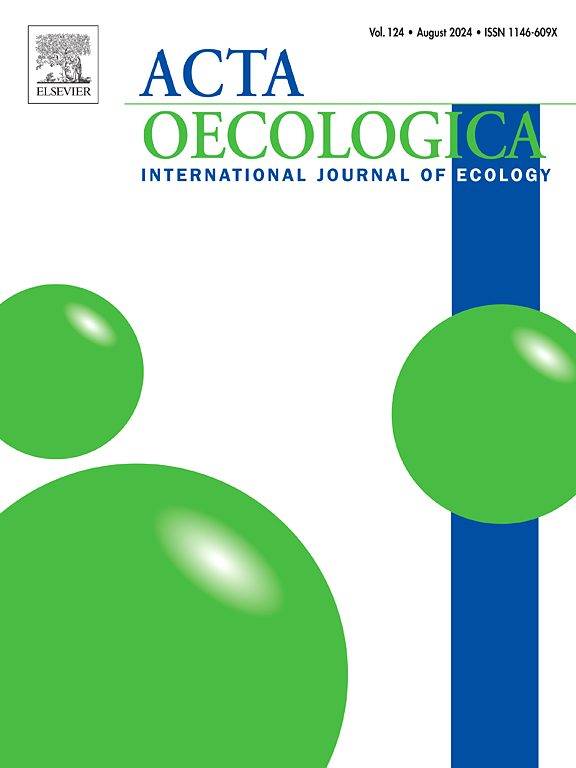Trait variability in diaspores and fruits of Zelkova abelicea (Ulmaceae) across its distribution range
Abstract
In the tree genus Zelkova (Ulmaceae), diaspores show a unique morphology amongst woody angiosperms. Shoots with leaves and fruits detach and act as flying dispersal units. Surprisingly little attention has been given to these structures, and it is unknown whether the characteristics of these diaspores vary amongst species or within the range of a single species. The endemic Cretan Z. abelicea (Lam.) Boiss. is one of two Zelkova species occurring at the western end of the distribution range of the genus. This relict species grows in a typical Mediterranean climate, in conditions completely different from the warm and moist climate that occurred during the apogee of the genus in the Paleogene, or that are still found for the three East Asiatic species of the genus. Here we studied for the first time the characteristics of diaspores, including fruit traits, of Z. abelicea across the whole range of the species. We showed that most traits are very variable amongst individual trees but less so between mountain ranges and that only diaspore stem length and proportion of sound seeds per diaspore and per tree vary significantly amongst mountain ranges. We showed that trees from central and eastern Crete produce extremely low to null proportions of sound seeds and that those trees oftentimes are smaller and have shorter diaspores with less leaves and fruits. Furthermore, we found that diaspores that were severely affected by a gall midge species (Cecidomyiidae) produced less fruits, but that seed soundness was not significantly impacted by the presence or absence of the galls. The very low proportion of sound seeds found in central and eastern Crete raises concern about the long-term persistency and regeneration of the species in those areas.

 求助内容:
求助内容: 应助结果提醒方式:
应助结果提醒方式:


